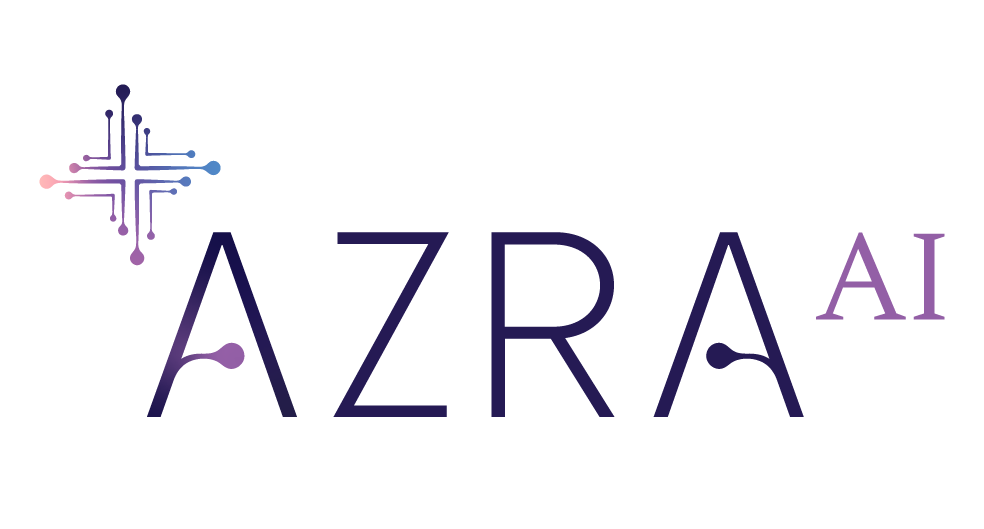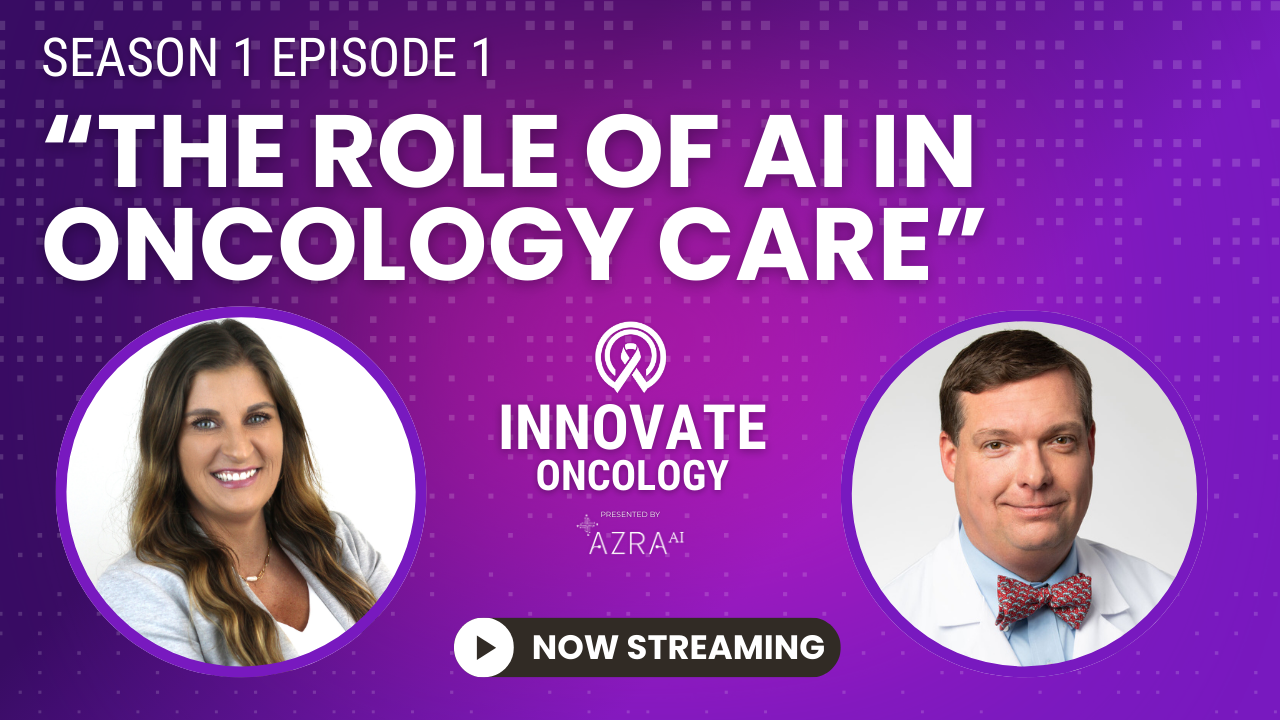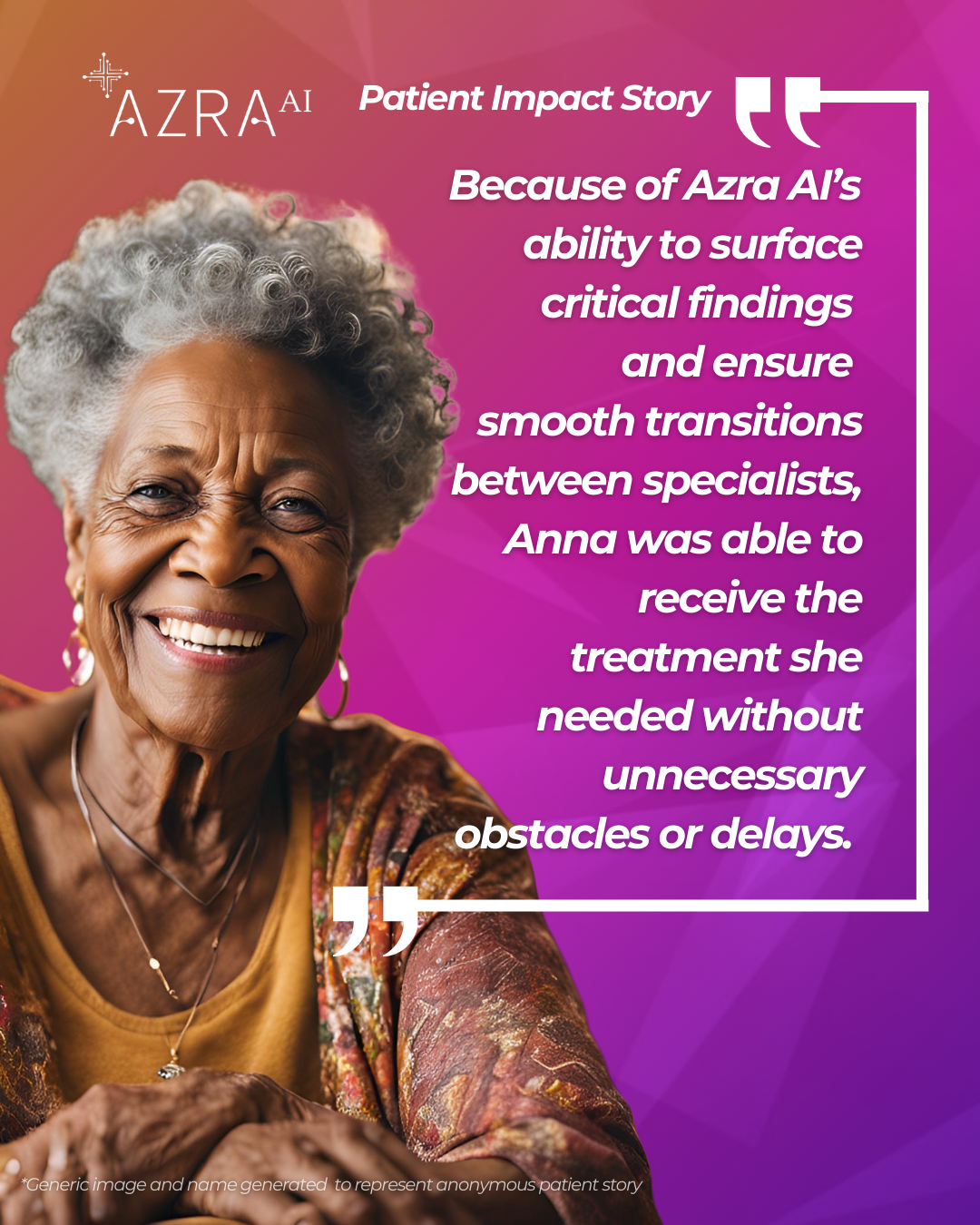One of the many responsibilities of oncology service line leaders is ensuring patient care is coordinated and executed for optimal outcomes. But those in cancer care know that far too many patients inevitably “fall through the cracks,” meaning some patients do not complete next steps of care or they are not followed up with on incidental findings in a timely manner. Patients’ failure to carry out necessary healthcare visits may be impacted by social determinants of health (SDOH) inequities, communication challenges, or other patient-centric barriers. Often, the healthcare system presents challenges in tracking and initiating the scheduling of recommended follow-up exams or treatments. These lapses lead to later-stage cancer diagnoses and poorer outcomes.
Assessing our healthcare system and the mechanism by which patients experience follow-up care is a complex endeavor. Taking a closer look at this problem, let’s review reasons next steps of care are disrupted, and discuss available solutions, including AI-powered care management software.
Inequities and barriers to oncology care
SDOH remain a major source of inequity in the provision of cancer services, and include factors relating to education, health literacy, income, transportation, and familial support. In a recent research study, 93% of U.S. oncologists surveyed say that SDOH impacts their patients’ ability to achieve optimal health outcomes. Two-thirds of respondents estimate that half or more of their patients are impacted by SDOH. Affecting health outcomes and survival, it’s vital to break through the obstacles that are leaving in-need patients untreated. Some patients, when informed about follow-up care or treatment, do not understand the gravity of the recommendation. Be it educational level, language barriers, or literacy challenges, patients do not always comprehend provider instructions and the reasons behind them. In other cases, patients are concerned about the rising cost of healthcare and put off next appointments due to unaffordability or health insurance troubles. Other patients lack the means to physically get to appointments, or they’re unable to skip work or childcare to address their own health needs.
Regardless of barriers and the inequities that drive them, providers are unable to facilitate solutions if they do not know to reach these patients about next steps of care. Unfortunately, due to the nature and volume of unstructured data in medical records, patients are not always identified, diagnosed, or triaged appropriately.
Unfortunately, vital information that’s stored in the system, without context, can remain there unchecked.
Failed handoffs and other obstacles in health systems
Similarly in regard to incidental, actionable findings in medical imaging, patients often fail to follow up within a certain window of time as recommended by specialty guidance. While timelines vary based on area of the body affected, for example with nodules, the goal is to see what happens to a lesion over time so providers can determine next steps. To ensure a mass isn’t malignant, the patient needs one or more follow-up scans.
Health system leaders often express frustration at the number of ways these “handoffs” can be dropped. Inpatients who are scanned and found to require an unrelated, non-emergent follow-up aren’t always informed of the finding. Often when an incidental finding is included in the unstructured data of the electronic medical record (EMR), it doesn’t always make its way to the discharge summary template. Essentially, the recommendation is not documented anywhere officially and does not reach the patient’s primary care physician (PCP). Relatedly, PCPs who are informed of incidental findings often report that they don’t have the bandwidth to track them overtime for potentially hundreds of patients. Referring or specialty providers may say the same, raising the issue of assignment of responsibility for tracking patients’ next steps of care. Of course this varies by circumstance and specialty; in oncology, it often falls under the purview of care navigators, who must manage a complex system for scheduling future patient visit reminders.
Intelligence as a solution – for oncology patients and for workflow
Care navigators and other staffers often manually track recommendations to identify patients who require next steps of care—and more specifically, cancer positive patients. These navigators are typically bogged down with review of thousands of medical records and pathology reports with significant read times, a resource intensive, inefficient endeavor that takes precious time away from personal patient-navigator interactions. Even the best humans are also known to miss cases or make errors, compromising vital next steps of care.
Fortunately, Azra AI has identified various problems associated with the wide array of unstructured data in EMRs, and we’ve applied intelligence solutions to analyze, identify and classify that data in real time so providers can reach the right patient at the right time. Using automation, patients are triaged to get the follow-up care they need, leading to earlier diagnoses and faster treatment times for all patients.
Unstructured data—which makes up more than 80% of patient records healthcare—is not one to work around or avoid. Instead, health systems are partnering with us for the interpretation of data so as to get more patients the care they need sooner, improving cancer clinical outcomes, increasing revenues, and optimizing cancer treatment. There’s no reason any patient should fall through the cracks for any reason. We’re making sure of it.




